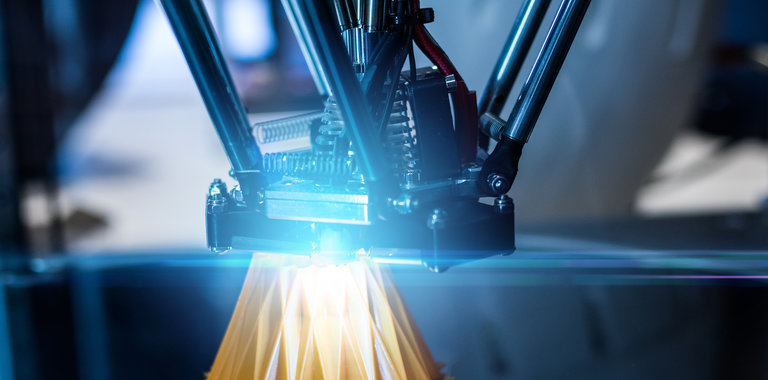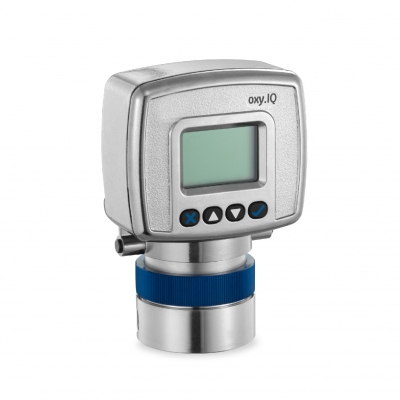
Oxygen and moisture measurement in 3D printing
3D printing is expected to show significant growth in the coming years. The process of 3D printing involves applying layers of fine dust metals or polymers and then fusing the layers with laser technology. The process takes place in the chamber of the 3D printing machine where the environment is closely monitored for oxygen and moisture content. Excess moisture and/or oxygen can lead to oxidation of the feedstock powders and a reduction in the weld strength between layers, leading to premature failure of the components. Oxygen is therefore evacuated from the chamber and displaced with Argon before the laser bonding of the powdered layers begins. For similar product quality reasons, it is also critical that oxygen and moisture are measured in the production of the fine metal powders used as base material.
In both applications there is a significant safety aspect in measuring oxygen and moisture when handling large quantities of powdered metals. Oxygen must be maintained below explosive limits to avoid a dust explosion and so continuously measured. Even without the presence of oxygen and in standard inerting gases such as nitrogen or carbon dioxide, some metals can still ignite.
Moisture measurement is also critical as some metal powders (Al or Mg) will produce hydrogen and steam if mixed. In addition, damp metal powders are extremely dangerous and can produce a strong exothermic reaction leading to steam explosion if not properly identified.
Oxygen and moisture are measured at two points along the 3D printing process, namely in the chamber of each 3D printing machine and at the production location of the fine metal power feedstock.
3D Printing Machine: Each 3D printing machine will have an oxygen measurement and most will be accompanied by a moisture measurement. These measurements are vital in detecting changes in the environment due to leakages, incomplete purges or contamination in base materials, the results of which can lead to a change in the mechanical and chemical properties of the components. These measurements are continuous throughout the 3D printing process where the atmosphere should remain stable except for changeover over events which will require a purging of the chamber.
Metal Powder Manufacturing: At the metal powder production sites, similar measurements are conducted to avoid contamination of the feedstock product. Manufacturing and storage can typically occur within an inert atmosphere and argon is the preferred gas given it's inert properties and high density ratio to oxygen. Standard inerting gases such as carbon dioxide or nitrogen can be ineffective as certain metals may still ignite.
Benefits:
- Low maintenance and calibration requirements
- Compact designs with integrated display
- Fast response times and no background interference
- Proven field performance in similar applications
- Proven fuel cell technology
The challenge in OEM manufactured 3D printing machines lies in the size and reliability of the transmitters and their measurements. Space in 3D printing machines is a premium and so the measurement solution must have appropriate form factors and be free of interference from background gases such as nitrogen or argon. Printing times can be hours or days and so the transmitters must operate without the requirement for intervention while having a fast response time to allow the operator time to respond to changes in the internal chamber.
The oxy.IQ is perfect for the oxygen measurement while moisture is measured using the VeriDri OEM solution. Both transmitters are appropriately sized with the integrated display and controls of the oxy.IQ offering the operator easy calibration and maintenance. In addition, response times of both transmitters are extremely fast in identifying break through oxygen or moisture and typical background gases in this process have no effect on the reliability of the measurement.
Moisture
- Range: 0 - 1000 ppmV
- Nominal: 50 ppmV
Oxygen
- Range: 0 - 1000 ppmV
- Nominal: 50 ppmV
Download the application note here
Learn more about Panametrics oxygen analyzers solution


